Struggling to make your stainless steel bottle purchases truly profitable? You want good returns, but it's hard. Smart choices at the buying stage can significantly boost your investment.
To maximize ROI on stainless steel vacuum bottles, look beyond unit price. Consider material quality, insulation benefits, sustainability appeal, and market trends. These factors drive consumer demand and product longevity.
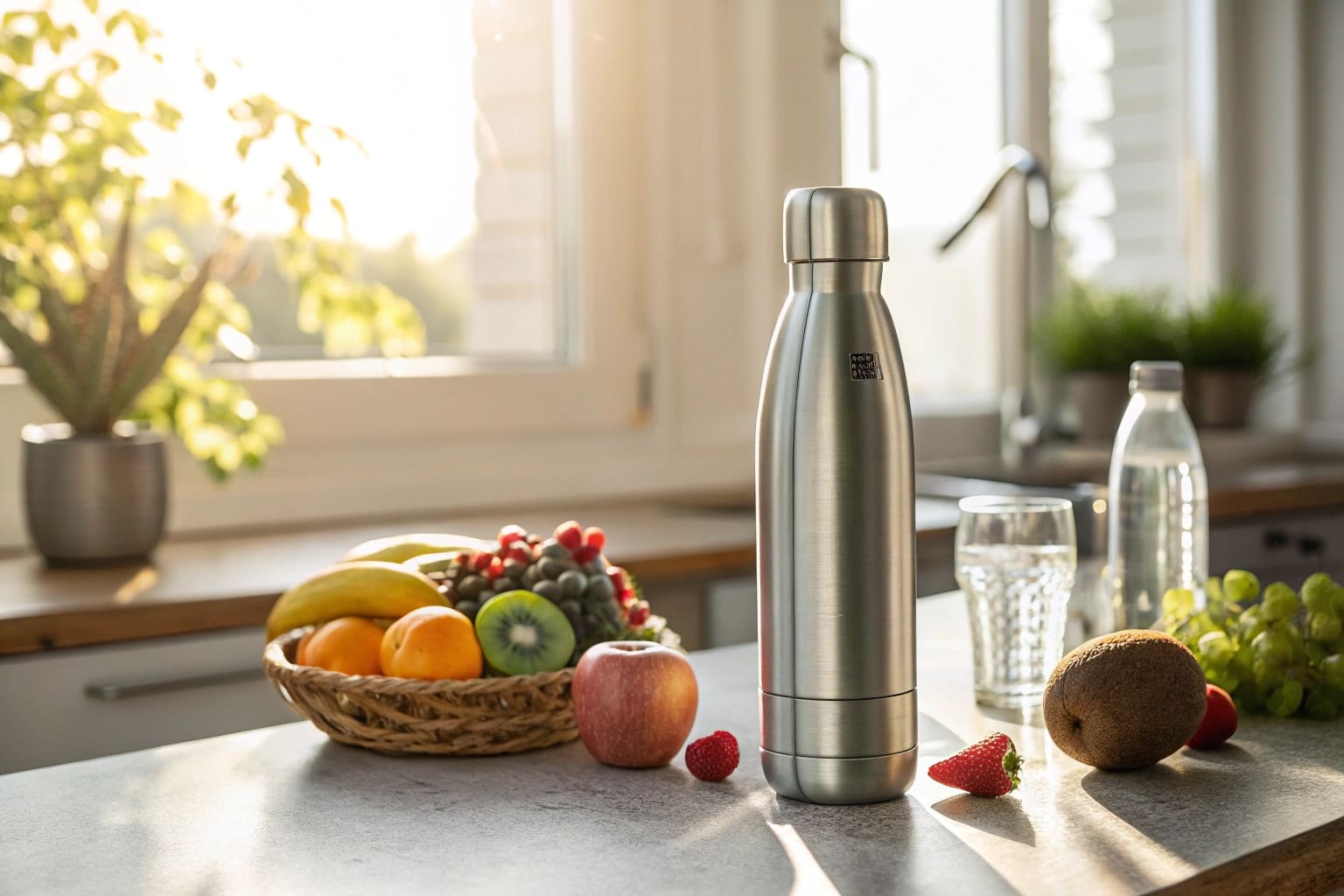
You want to make the best buying decisions for your business. It's not just about getting a good price per bottle. It's about making choices that lead to happy customers and strong sales. If you get this right, your investment will grow. Let's explore how you can do that, focusing on what really matters for long-term success in the stainless steel vacuum bottle market. I've learned a lot over the years at Icobottle, and I want to share some key points that help my B2B clients.
How do I choose a stainless steel bottle?
Choosing the right stainless steel bottle feels overwhelming with so many options. You want quality but also a good deal. Getting this choice right means happy customers and better business.
To choose a stainless steel bottle, focus on material grade (like 304 stainless steel), lid type and seal quality, insulation capability, and options for customization. Also, consider supplier reliability.

When I talk to procurement officers, like Mark from Canada, they often ask for guidance on selection. Mark needs quality for his rebranded bottles but is also price-sensitive. It’s a common challenge. The key is to understand what features truly add value for your specific market and how they impact your overall return on investment. A cheap bottle that leaks or doesn't keep drinks cold won't build your brand.
Key Selection Criteria for B2B Buyers
When you're buying in bulk, small details can make a big difference. Here's what I always advise my clients at Icobottle to look at:
- Material Quality and Grade:
- Most commonly, you'll see 18/8 stainless steel, also known as Type 304. This grade is food-safe, durable, and resists rust well. For very specific needs, like extreme corrosion resistance, Type 316 might be considered, but it's usually more expensive. For most beverage applications, 304 is the standard.
- Insulation Performance:
- Vacuum insulation is what keeps drinks hot or cold for hours. Check the claimed insulation times and, if possible, test samples. The quality of the vacuum seal is crucial here.
- Lid Design and Seal:
- A leaky bottle is a major customer complaint. Ensure the lid is well-designed, easy to use, and creates a perfect seal. Different lid types (screw-on, flip-top, straw lid) cater to different user preferences.
- Customization Options:
- For B2B, branding is key. Look for suppliers who offer good quality logo printing (silk screen, laser engraving, UV printing), color coating (powder coating, spray painting), and even custom packaging.
- Supplier Reliability and Certifications:
- Work with suppliers who are transparent about their manufacturing processes and can provide necessary certifications (e.g., FDA, LFGB). This avoids problems like certificate fraud, which Mark mentioned as a pain point.
To make it clearer, here’s a simple table:
| Feature | What to Look For | Why it Matters for ROI |
|---|---|---|
| Steel Grade | Food-grade 18/8 (304) stainless steel | Durability, safety, customer trust. |
| Insulation | Double-wall vacuum insulation, stated performance | Key selling point, customer satisfaction. |
| Lid | Leak-proof, durable material, easy to clean | Prevents returns, enhances user experience. |
| Customization | Quality logo application, color options, packaging | Brand building, perceived value. |
| Certifications | FDA, LFGB, BPA-free claims | Market access, legal compliance, consumer confidence. |
Choosing wisely at the start reduces problems later. It means fewer returns, better reviews, and a stronger brand reputation, all of which boost your ROI.
How are stainless steel water bottles sustainable?
Your customers are asking for eco-friendly products. But how do stainless steel bottles truly help the planet? You need clear answers to show you're making a responsible choice.
Stainless steel water bottles are sustainable because they are durable, reusable for many years, and recyclable. They significantly reduce reliance on single-use plastic bottles, lessening plastic waste.
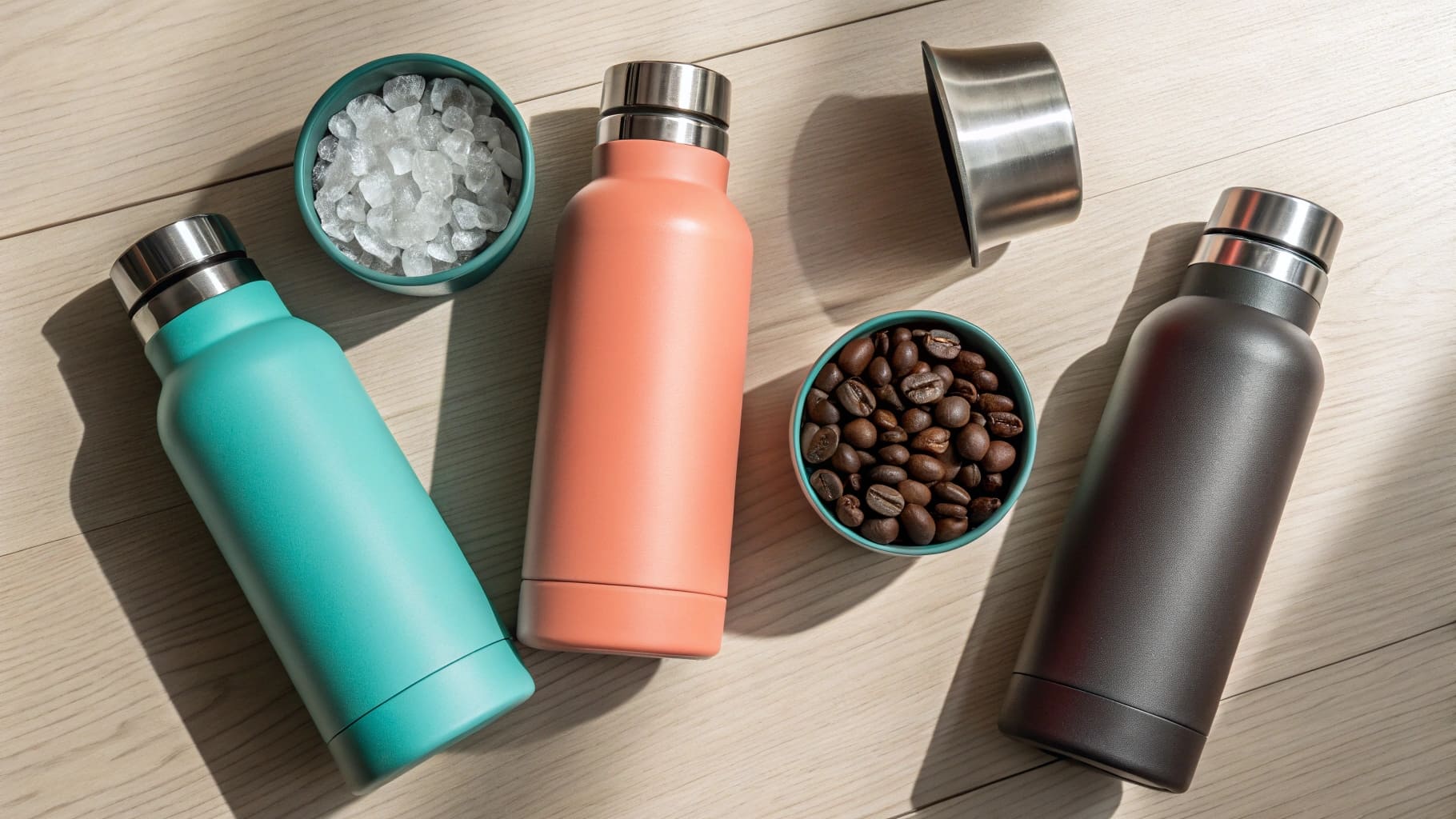
When I discuss sustainability with clients, I emphasize that it’s not just a buzzword anymore. It’s a real market driver. Consumers, especially in America and Europe, are increasingly conscious of their environmental impact. Offering a sustainable product like a stainless steel bottle can be a strong selling point and part of your brand identity. For my company, Icobottle, highlighting these aspects has helped attract businesses that want to align with green values.
Understanding the Sustainability Edge
The sustainability of stainless steel bottles comes from several key aspects:
- Durability and Longevity:
- Unlike plastic bottles that can degrade or glass bottles that can break, stainless steel bottles are built to last for years. A single stainless steel bottle can replace hundreds, if not thousands, of single-use plastic bottles over its lifetime. This long lifespan is a core part of its eco-friendliness.
- Reduced Plastic Waste:
- This is the most obvious benefit. The massive global problem of plastic pollution, particularly from single-use beverage containers, is well-documented. By promoting reusable stainless steel bottles, we directly combat this issue. Every person switching to a reusable bottle makes a difference.
- Recyclability:
- Stainless steel is highly recyclable. Even at the end of its long life, a stainless steel bottle can be melted down and reformed into new products without loss of quality. The infrastructure for recycling steel is well-established globally.
- Resource Efficiency (Long-Term):
- While the initial production of stainless steel is resource-intensive, its longevity and recyclability offset this over time when compared to the continuous production and disposal of single-use plastics.
Let's compare stainless steel to single-use plastic:
| Aspect | Stainless Steel Bottle | Single-Use Plastic Bottle |
|---|---|---|
| Lifespan | Many years | Single use |
| Reusability | High | Low (often not reused, or degrades) |
| End-of-Life | Recyclable into new steel products | Often ends up in landfill/ocean |
| Impact on Waste | Significantly reduces waste | Major contributor to plastic waste |
| Resource Use | Higher initial, but lower over lifetime use | Lower initial, but high cumulative |
By choosing stainless steel bottles, B2B buyers like you can offer a product that genuinely contributes to a more sustainable lifestyle. This resonates with end-consumers and can enhance brand image, leading to better sales and, ultimately, a better ROI as you tap into the growing eco-conscious market.
What are the benefits of vacuum insulated bottles?
Customers want drinks to stay hot or cold for hours. Are vacuum insulated bottles just a gimmick? You need to know if this feature really delivers value.
Vacuum insulated bottles offer excellent temperature retention, keeping drinks hot or cold for extended periods. They also prevent condensation on the exterior and are very durable.
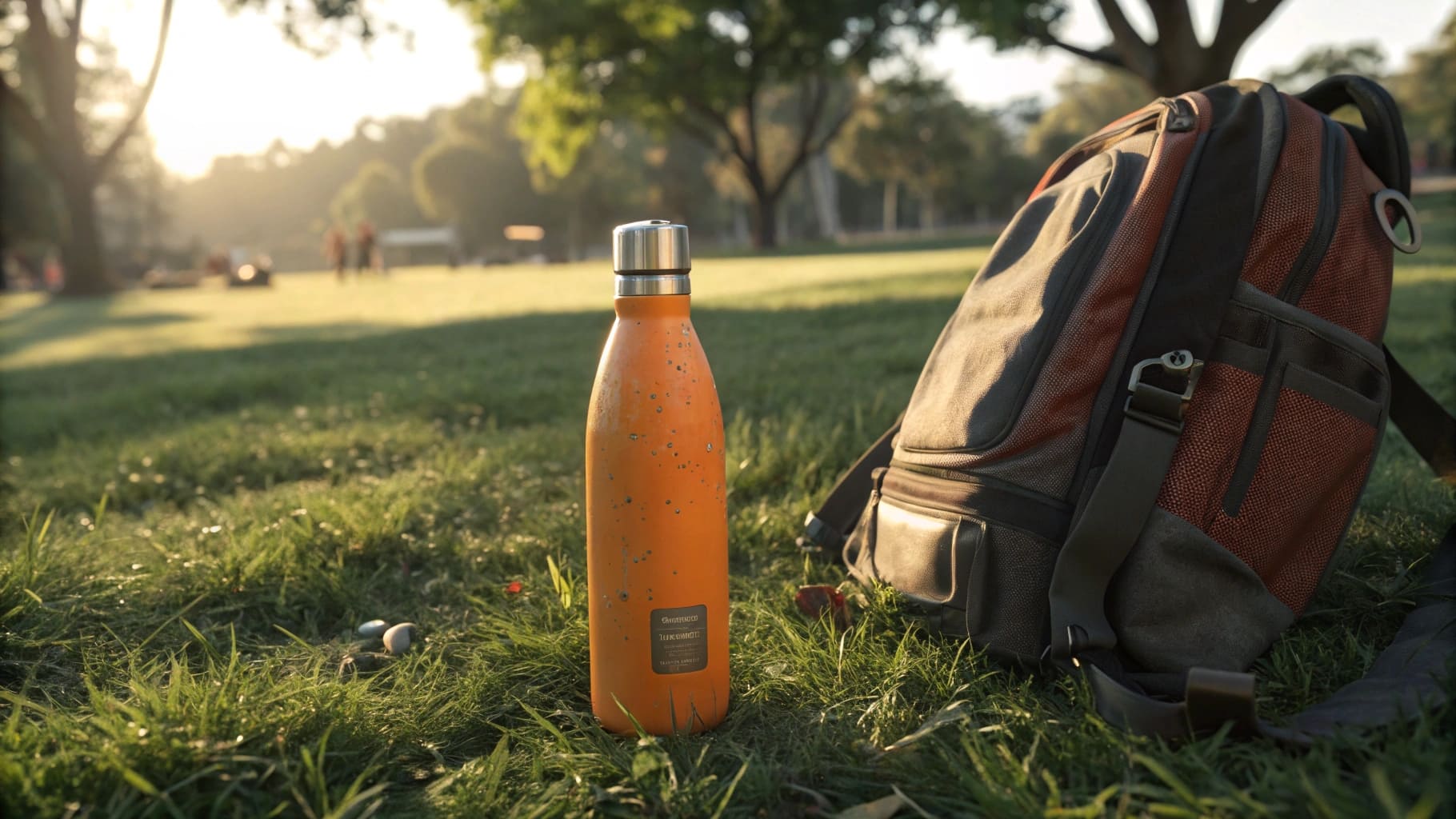
I often explain to new buyers that vacuum insulation is a game-changer for beverage containers. It’s not just a minor improvement; it's a core feature that drives demand. Think about it: a piping hot coffee on a cold morning commute, or ice-cold water during a summer workout. These are experiences consumers pay for. At Icobottle, we ensure our vacuum insulation technology is top-notch because we know it's a key selling point.
Unpacking the Value of Vacuum Insulation
The magic of vacuum insulation lies in its construction and the benefits it provides:
- Superior Temperature Retention:
- This is the primary benefit. A double-wall construction with a vacuum between the walls drastically reduces heat transfer by conduction and convection.
- Hot Beverages: Can stay hot for up to 12 hours, sometimes even longer, depending on the bottle quality and initial temperature.
- Cold Beverages: Can stay cold for up to 24 hours, especially if ice is added.
- No Condensation (Sweat-Proof):
- With cold drinks, non-insulated bottles "sweat" due to condensation forming on the cold outer surface. Vacuum insulated bottles remain dry to the touch. This means no water rings on furniture and no slippery grip.
- Cool to the Touch with Hot Liquids:
- Even when filled with boiling hot liquids, the exterior of a vacuum insulated bottle remains cool. This prevents accidental burns and makes the bottle comfortable to handle.
- Enhanced Durability:
- The double-wall construction inherently makes these bottles more robust and resistant to dents compared to single-wall bottles.
- Preservation of Flavor:
- By maintaining a stable temperature, vacuum insulation can also help preserve the original flavor and freshness of beverages, especially for things like coffee or tea.
Here’s a quick look at typical performance:
| Feature | Performance Expectation (Good Quality Bottle) | User Benefit |
|---|---|---|
| Hot Retention | 6-12 hours (or more) | Enjoy hot drinks throughout the day. |
| Cold Retention | 12-24 hours (or more) | Refreshing cold drinks, even in warm weather. |
| Exterior Feel | Sweat-proof with cold, cool with hot | Comfortable handling, no mess. |
| Flavor Protection | Better preservation of original taste | More enjoyable drinking experience. |
For B2B buyers, offering vacuum insulated bottles means providing a premium product. Customers are willing to pay more for these tangible benefits. This translates to higher retail prices, better margins, and a stronger ROI. It’s a feature that clearly differentiates your product in the market.
What is the difference between 304 and 316 bottles of stainless steel?
You hear about 304 and 316 stainless steel. Does the type really matter for a water bottle? You need to understand this to make smart cost and quality decisions.
The main difference is that 316 stainless steel contains molybdenum, giving it superior corrosion resistance, especially against chlorides and acids, compared to 304. However, 304 is usually sufficient and more cost-effective for water bottles.
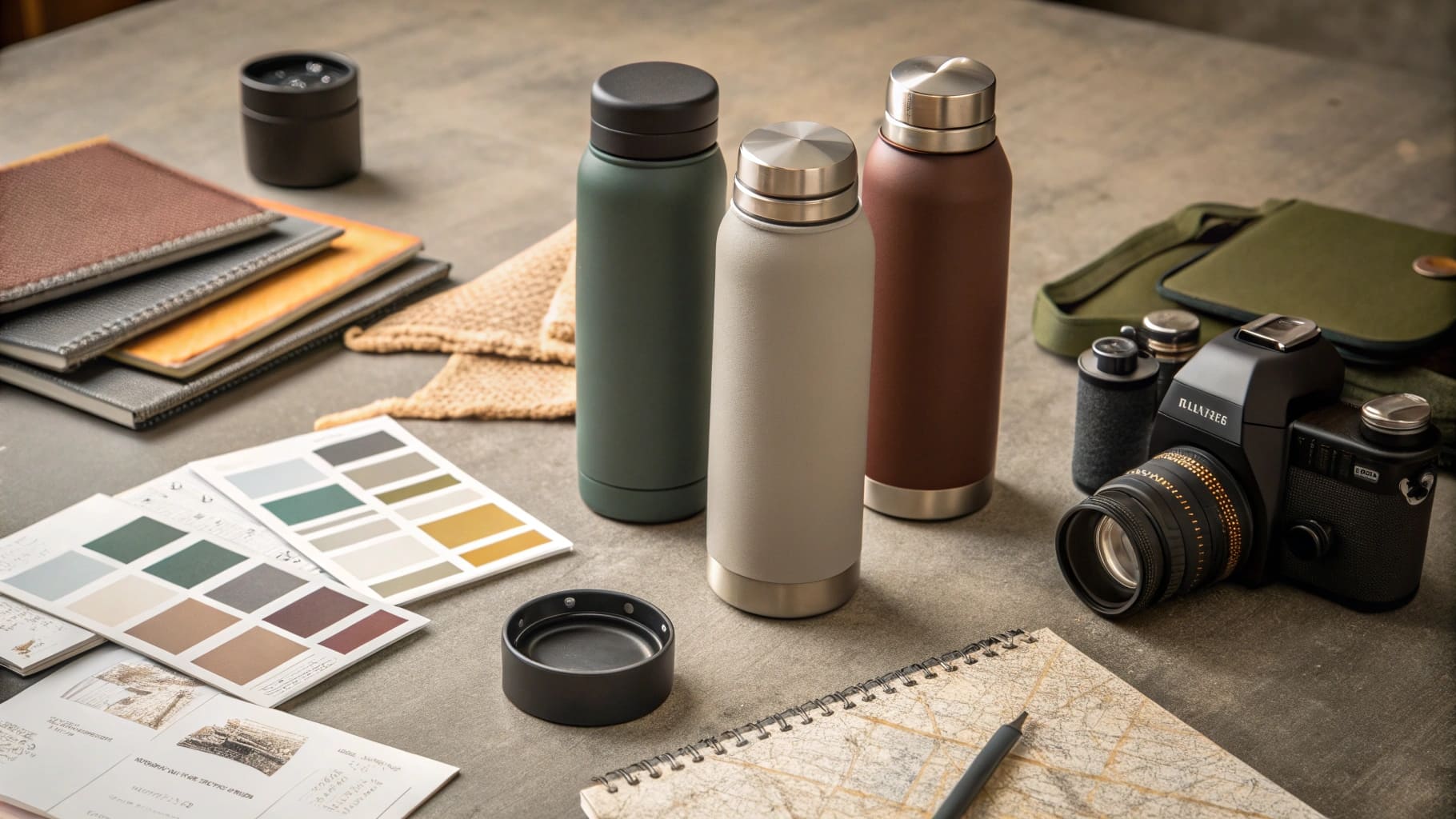
This is a common question, especially from buyers like Mark who are quality-conscious but also watch their costs. When we discuss material options at Icobottle, I always clarify that for most standard beverage applications, 304 (often called 18/8 stainless steel) is perfectly adequate and the industry standard. It offers excellent corrosion resistance for everyday drinks. Using 316 would increase costs without a noticeable benefit for the average consumer.
304 vs. 316 Stainless Steel: A Closer Look
Let's break down the key distinctions to help you decide if the premium for 316 is ever justified for your products:
- Composition Differences:
- 304 Stainless Steel (18/8): Typically contains 18% chromium and 8% nickel. This composition gives it good strength and excellent corrosion resistance in a wide range of atmospheric environments and many corrosive media.
- 316 Stainless Steel (Marine Grade): Contains slightly more nickel than 304 and, crucially, 2-3% molybdenum. Molybdenum significantly enhances corrosion resistance, particularly against chlorides (like salt) and various industrial solvents.
- Corrosion Resistance:
- 304: Resists most oxidizing acids and can withstand ordinary rusting. However, it can be susceptible to pitting and crevice corrosion in warm chloride environments (e.g., saltwater exposure).
- 316: Offers much better resistance to pitting and crevice corrosion in chloride environments. This is why it's often used in marine applications, chemical processing, and medical implants.
- Cost Implications:
- 316 is more expensive than 304. The addition of molybdenum and usually higher nickel content contributes to its higher price. For water bottles, this added cost might not translate to a perceived value for the end-user unless there's a specific application.
- Typical Applications for Bottles:
- 304: The standard for food and beverage containers, including water bottles, coffee mugs, and food jars. It’s safe, durable, and effectively resists corrosion from everyday drinks like water, juice, coffee, and tea.
- 316: Might be considered for bottles intended for highly acidic beverages stored for very long periods, or for use in harsh, salty environments. However, for general consumer use, it's often overkill.
Here's a comparison table:
| Feature | 304 Stainless Steel (18/8) | 316 Stainless Steel (Marine Grade) |
|---|---|---|
| Key Alloying Element | Chromium (18%), Nickel (8%) | Chromium (~16-18%), Nickel (~10-14%), Molybdenum (2-3%) |
| Corrosion Resistance | Good, suitable for most beverages | Excellent, especially against chlorides |
| Common Use in Bottles | Standard for water/drink bottles | Rare, for specialized/harsh conditions |
| Cost | More economical | More expensive |
| Food Safety | Yes, widely accepted | Yes, also widely accepted |
For the vast majority of stainless steel vacuum bottles you'll be sourcing for markets like America and Europe, 304 stainless steel is the smart choice. It balances excellent performance, safety, and cost-effectiveness. This helps you manage your procurement costs effectively, contributing positively to your ROI. Unless your target market has a very specific, demanding need, sticking with 304 is usually best.
What is the future for water bottles?
The market is always changing. What's next for water bottles? Staying ahead of trends can give your business a big advantage and secure future profits.
The future for water bottles includes "smart" features like hydration tracking, enhanced sustainability through new materials or production methods, greater personalization options, and improved insulation technologies.
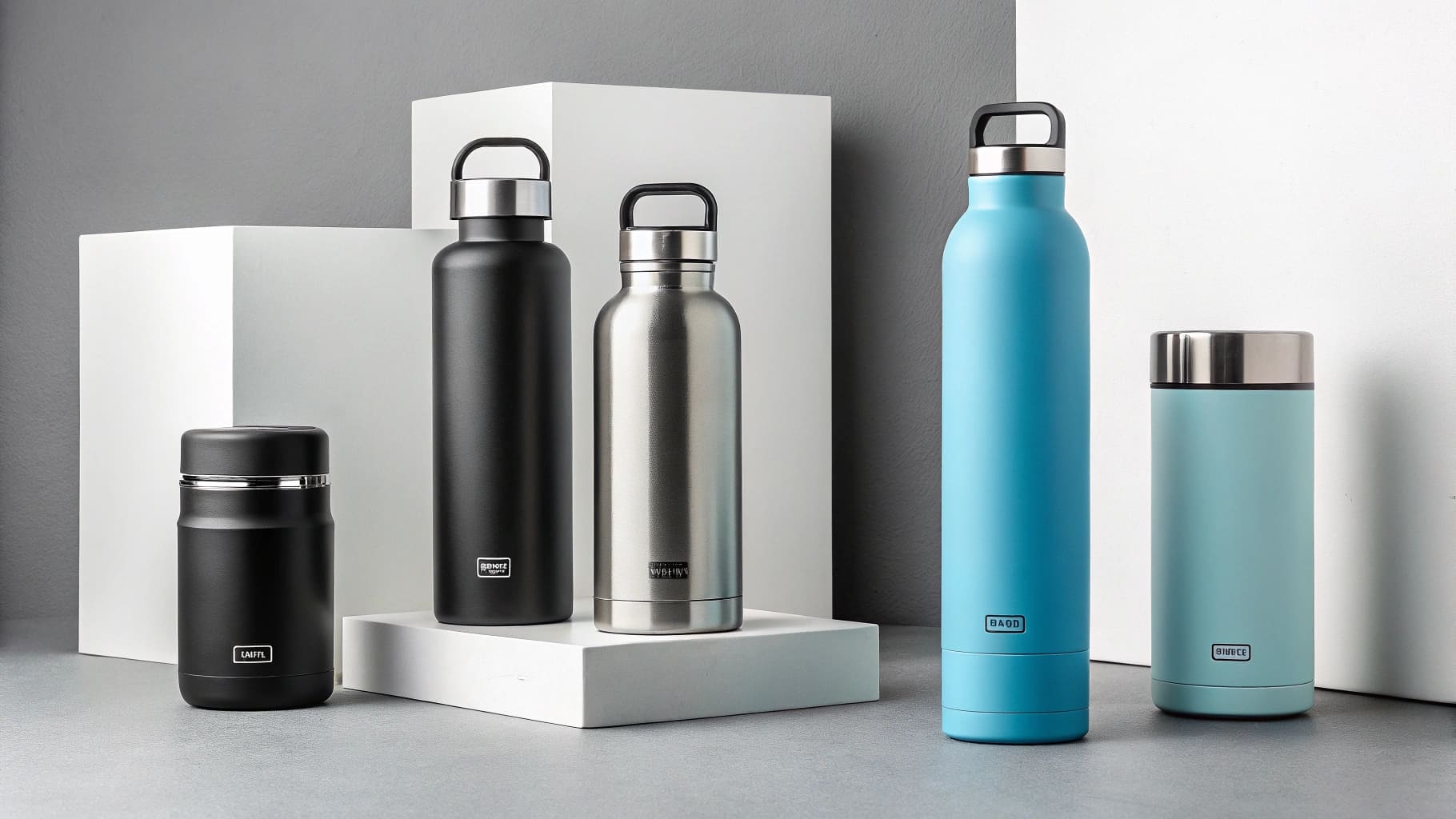
I always tell my clients, including those like Mark who are looking to innovate, that anticipating market shifts is key to long-term success. At Icobottle, we constantly research emerging trends to ensure our B2B customers can offer cutting-edge products. The simple water bottle is evolving, and being aware of these changes helps you make strategic purchasing decisions today that will pay off tomorrow.
Peeking into the Future of Drinkware
The water bottle market is dynamic. Here are some trends I see shaping its future:
- "Smart" Bottles:
- We're already seeing bottles with integrated technology. This includes:
- Hydration Tracking: Sensors that monitor your water intake and remind you to drink via connected apps.
- Water Purification: Built-in UV-C LED lights or filters to purify water on the go.
- Temperature Display: Lids that show the current temperature of the liquid inside.
- As technology becomes more compact and affordable, these features will become more common.
- We're already seeing bottles with integrated technology. This includes:
- Enhanced Sustainability and Circularity:
- Beyond just being reusable, the focus will shift to:
- Recycled Materials: Bottles made from recycled stainless steel or incorporating other recycled components.
- Bio-plastics/Plant-based Materials: For lids or other parts, reducing reliance on fossil fuel-based plastics.
- Closed-Loop Systems: Manufacturers focusing on take-back programs and true end-of-life recycling into new bottles.
- Beyond just being reusable, the focus will shift to:
- Hyper-Personalization:
- Customization will go beyond a simple logo.
- Unique Designs & Finishes: More intricate patterns, textures, and color combinations.
- Modular Designs: Bottles with interchangeable parts (lids, sleeves, bases) to suit different activities or styles.
- Direct-to-Consumer Customization Platforms: Allowing end-users to design their own bottles online.
- Customization will go beyond a simple logo.
- Material Innovations & Performance:
- Lighter Weight Steel: Maintaining durability while reducing the overall weight of the bottle.
- Improved Insulation: Thinner vacuum walls providing the same or better thermal performance.
- New Coatings: More durable, scratch-resistant, and eco-friendly coatings.
Consider these potential future directions:
| Trend Area | Potential Developments | Implication for B2B Buyers |
|---|---|---|
| Smart Technology | Hydration tracking, self-cleaning, temperature display | Higher price point, appeals to tech-savvy consumers. |
| Sustainability | Recycled content, bio-materials, circular economy models | Meets growing demand for eco-products, enhances brand image. |
| Personalization | Advanced custom designs, modularity | Caters to individual expression, potential for premium pricing. |
| Material/Performance | Lighter steel, better insulation, advanced coatings | Improved user experience, higher perceived value. |
For B2B buyers, understanding these future trends is crucial for strategic sourcing. By anticipating what consumers will want next, you can select products that will have strong market appeal for years to come. This foresight is a key component of maximizing your long-term ROI in the stainless steel bottle market. It’s about investing not just in what sells today, but what will capture the market tomorrow.
Conclusion
Strategic buying of stainless steel bottles means looking at quality, sustainability, features, and future trends. These factors directly impact your ROI and customer satisfaction.

